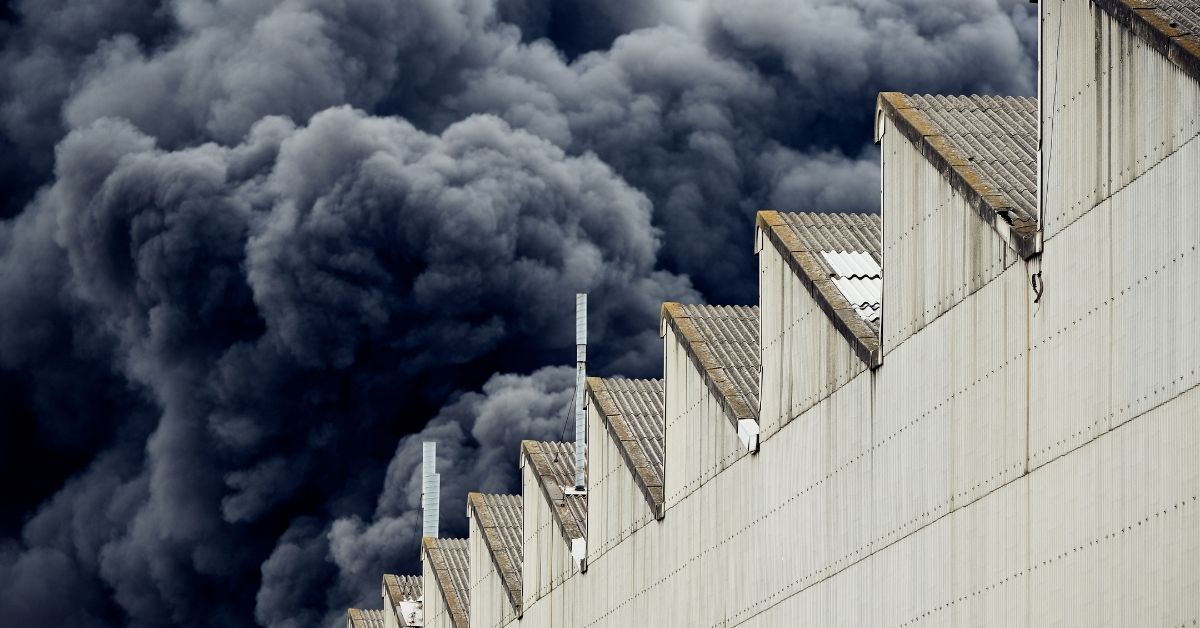A study just published, found that exposure to high levels of air pollution, particularly early on in life, increases a person’s chances of developing bipolar disorder and severe depression as an adult.
Teams from the US and Denmark looked at the health records of more than 152 million people and found that in the US, risk of developing bipolar disorder increases by 27%, if you live in a heavily polluted city such as New York. In Denmark, they found a 50% increase in the number of people living with severe depression, when they live in an area with poor quality air.
Anxiety, depression, psychosis and bipolar disorder. These are not conditions we automatically associate with exposure to air pollution. Yet this year we have seen a huge surge of evidence that links poor mental health to poor quality air.
Add to this other research that connects air pollutants to a lower IQ, Parkinson’s and Alzheimer’s disease. It is becoming clear that pollutants in the air have a huge impact on our brains, causing both our emotional and physical health to suffer.
When it comes to air pollution, our lungs are the gateway to the rest of our body. Tiny particles of pollution, 70 times smaller than the width of a human hair, are inhaled. These particles are so small they can pass through the lining of the lungs, into our bloodstream. Where they travel onwards and upwards to our brain. There have been numerous studies illustrating how these tiny particles of poison cause inflammation and its this, scientists believe, is causing all the damage. Inflammation that affects how we think, how we feel, how we live.
Mental health issues are often misunderstood. If you or someone close to you is struggling to cope, follow this link for signs to watch out for, as well as practical advice and support.



